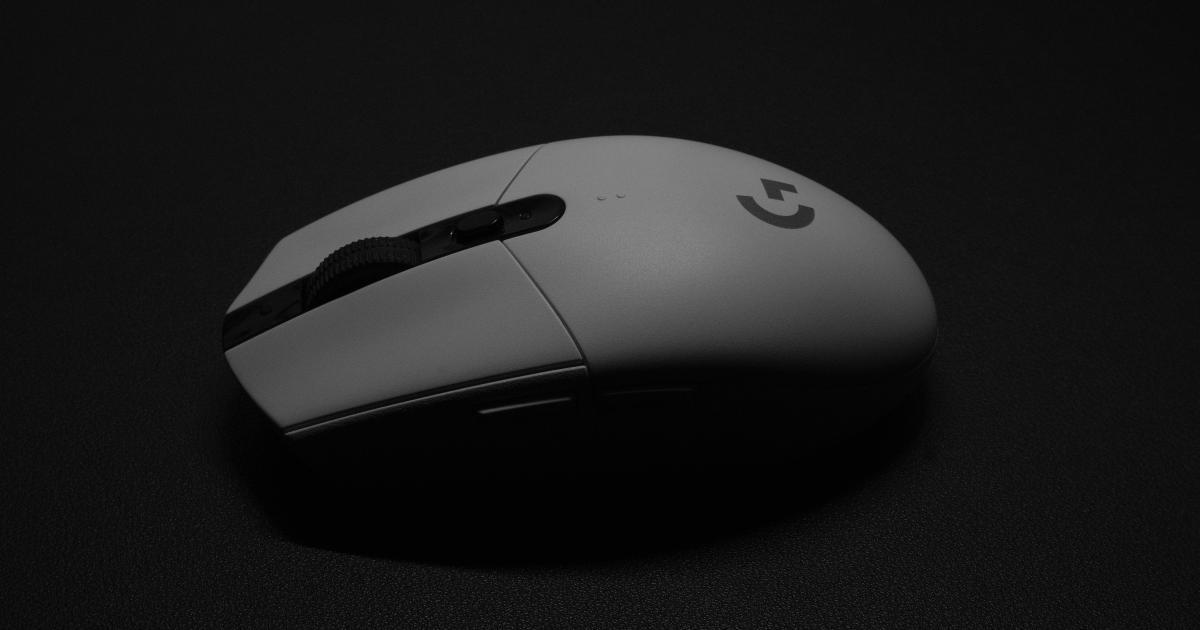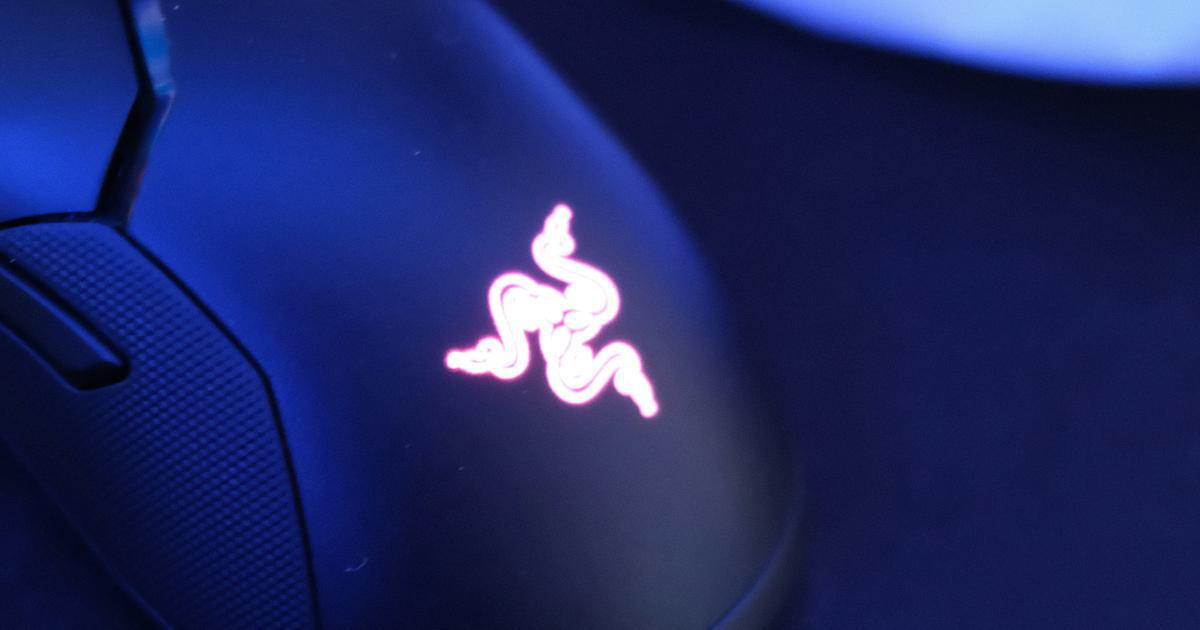Discover User Interaction Patterns with Mouse Tracking

Opening Hook
Imagine you're a marketer tasked with optimizing the user experience of your company's website. You've carefully crafted the layout, content, and calls-to-action, but something's just not quite right. Users seem to be struggling to find what they're looking for, and your conversion rates are lower than you'd like. If only you could peer over your users' shoulders and watch how they actually navigate and interact with your site.
Well, now you can. Enter the world of mouse tracking - a powerful tool that allows you to do just that, uncovering invaluable insights about user behavior and interaction patterns. By monitoring the movements and clicks of your site's visitors, you can gain a deeper understanding of how people engage with your digital experiences, ultimately empowering you to make data-driven decisions that drive meaningful improvements.
The Journey
What is Mouse Tracking?
Mouse tracking, also known as cursor tracking or user tracking, is a web analytics technique that records and analyzes the movements and interactions of users' computer mice or touchpads as they navigate a website or web application. This technology captures a wealth of information, including where users click, how they scroll, the paths they take, and even the speed and acceleration of their cursor movements.
Unlike traditional web analytics that only provide high-level metrics like page views and bounce rates, mouse tracking offers a granular, session-level perspective on user behavior. By visualizing and interpreting this data, you can uncover a wide range of valuable insights, from identifying usability pain points to optimizing conversion funnels.
The Benefits of Mouse Tracking
There are several key advantages to incorporating mouse tracking into your user experience (UX) and digital optimization strategies:
Understand User Behavior: Mouse tracking gives you a window into how users actually interact with your website or app, rather than relying on their self-reported behaviors or assumptions. This can reveal surprising patterns and uncover opportunities for improvement that you may have overlooked.
Identify Usability Issues: By observing how users navigate your digital experiences, you can pinpoint areas of friction or confusion, such as confusing navigation, unclear calls-to-action, or content that isn't easily scannable. This allows you to address these pain points and create a more intuitive user experience.
Optimize Conversion Funnels: Mouse tracking data can help you understand where users are dropping off in your conversion funnels, whether it's during the checkout process, form completion, or any other key interaction. This insight can inform targeted optimizations to improve funnel performance and drive higher conversions.
Personalize the User Experience: By analyzing individual user patterns and behaviors, you can tailor the content, layout, and features of your website or app to better meet the needs and preferences of each visitor, creating a more engaging and relevant experience.
Validate Design Decisions: Mouse tracking can provide valuable feedback on the effectiveness of your design choices, such as the placement of key elements, the visual hierarchy of content, and the intuitiveness of user interactions. This can help you validate your design decisions or identify areas that need refinement.
Measure the Impact of Changes: When you implement changes to your website or app, mouse tracking allows you to measure the impact of those changes on user behavior, ensuring that your optimizations are having the desired effect.
Exploring Mouse Tracking Data
So, how exactly does mouse tracking work, and what kind of data can it provide? Let's take a closer look:

Cursor Heatmaps: One of the most commonly used mouse tracking visualizations is the cursor heatmap, which shows the areas of a web page or application that receive the most cursor activity. These heatmaps use a color-coded scale to represent the relative intensity of user interactions, with hot spots indicating areas of high engagement and cool spots signifying lower activity.
Cursor heatmaps can reveal valuable insights, such as:
- Which elements on the page are most (or least) frequently clicked or hovered over
- Where users tend to focus their attention
- Areas of the page that may be overlooked or underutilized

Cursor Scrollmaps: Another useful mouse tracking visualization is the cursor scrollmap, which tracks how far users scroll down a page. This can help you identify the most engaging and important content, as well as areas where users may be dropping off or losing interest.
By analyzing cursor scrollmaps, you can:
- Determine the optimal length and structure of your web pages
- Prioritize the placement of key content and calls-to-action
- Identify content that may be "below the fold" and not receiving attention

Cursor Movement Paths: Mouse tracking can also record the specific paths users take as they navigate your website or application. These cursor movement visualizations show the winding routes users take to reach their destinations, as well as any detours or dead ends they encounter along the way.
Analyzing cursor movement paths can help you:
- Understand the mental models and decision-making processes of your users
- Identify areas of confusion or friction in the user experience
- Optimize the information architecture and navigation flow of your digital properties
Cursor Click Tracking: In addition to monitoring cursor movements, mouse tracking solutions can also record the specific elements users click on, including buttons, links, and form fields. This data can be displayed as click-density maps, revealing the most and least popular interactive elements on a page.
By examining cursor click data, you can:
- Determine the effectiveness of your calls-to-action and other interactive elements
- Identify areas where users are struggling to find or interact with desired functionality
- Uncover unexpected user behaviors or "hot spots" that may warrant further investigation
Putting Mouse Tracking into Practice
Now that you have a better understanding of the capabilities of mouse tracking, let's explore how you can put this powerful tool into practice to improve your digital experiences.
Step 1: Define Your Goals
Before diving into mouse tracking, it's important to first define the specific objectives you hope to achieve. Are you looking to optimize your conversion funnel? Identify usability pain points? Personalize the user experience? Having a clear set of goals will help you determine which mouse tracking metrics and visualizations will be most valuable for your needs.
Step 2: Choose a Mouse Tracking Solution
There are numerous mouse tracking tools available, each with its own set of features and capabilities. Some popular options include Hotjar, Mouseflow, Crazyegg, and Smartlook. When selecting a solution, consider factors like ease of implementation, data visualization capabilities, integrations with your existing tech stack, and pricing.
Step 3: Implement the Mouse Tracking Code
Once you've chosen a mouse tracking tool, you'll need to integrate the necessary tracking code onto your website or web application. This is typically a straightforward process, often involving simply adding a snippet of JavaScript to your pages. Be sure to adhere to any privacy or data compliance requirements in your implementation.
Step 4: Analyze the Data
With your mouse tracking solution in place, you can start collecting and analyzing user interaction data. Begin by exploring the various visualization tools and reports provided by your tracking platform, looking for patterns, pain points, and opportunities for improvement.
Step 5: Act on the Insights
Based on your analysis, identify specific areas of your digital experiences that could benefit from optimization. This might include redesigning key pages, refining your conversion funnels, or adjusting the placement and messaging of your calls-to-action. Implement these changes and use your mouse tracking data to measure the impact.
Step 6: Continuously Iterate and Improve
Mouse tracking is an ongoing process, not a one-time project. Regularly review your data, experiment with new ideas, and continuously refine your digital experiences to meet the evolving needs and preferences of your users.
The Future of Mouse Tracking
As technology continues to advance, the capabilities of mouse tracking are only going to grow. Emerging trends and innovations in this space include:
Integration with AI and Machine Learning: Machine learning algorithms can analyze mouse tracking data to identify complex patterns and make predictive recommendations for optimizing the user experience.
Multimodal Interaction Tracking: Beyond just mouse movements, future mouse tracking solutions may integrate with other input modalities, such as eye-tracking, voice commands, and touch gestures, to provide a more comprehensive view of user behavior.
Real-Time Personalization: By analyzing mouse tracking data in real-time, websites and apps can dynamically adjust their content, layout, and functionality to suit the individual needs and preferences of each user.
Cross-Device Tracking: As users increasingly interact with digital experiences across multiple devices, mouse tracking will need to evolve to provide a seamless, cross-platform view of user behavior.
Privacy-Focused Approaches: As data privacy concerns continue to grow, mouse tracking solutions will need to prioritize user consent, data anonymization, and compliance with regulations like GDPR and CCPA.
Climax
Mouse tracking is a powerful tool that can unlock a wealth of insights into how users engage with your digital experiences. By monitoring and analyzing cursor movements, clicks, scrolling, and other interactions, you can gain a granular, session-level understanding of user behavior - and use these insights to drive meaningful, data-driven improvements to your websites, applications, and overall user experience.
Resolution
Whether you're looking to optimize conversion funnels, identify usability pain points, or personalize the user experience, mouse tracking can be a game-changer in your digital optimization and UX strategy. By embracing this powerful technology and continuously iterating on your findings, you can create more intuitive, engaging, and effective digital experiences that truly resonate with your users.
So, what are you waiting for? Start uncovering the hidden stories behind your users' interactions and let mouse tracking transform the way you approach digital optimization.